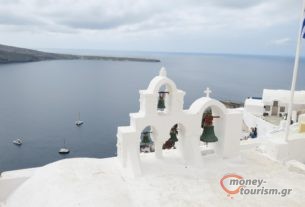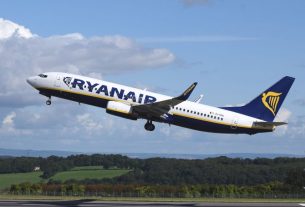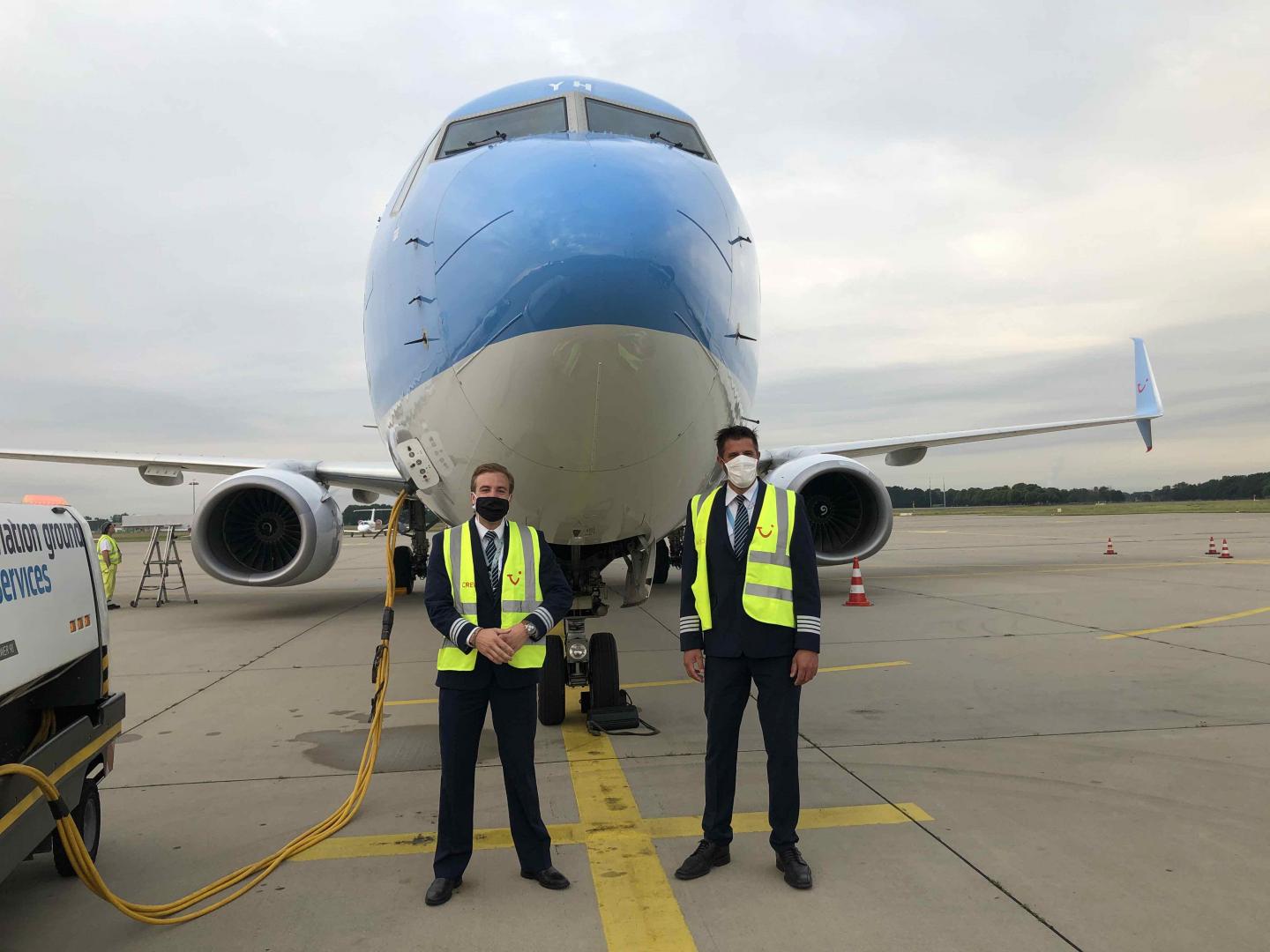The Middle East and North Africa (MENA) region is driving the growth of luxury travel, characterised by high spending and a growing preference for sustainable, eco-luxury and cultural immersion, Mastercard’s latest report ‘Affluent Travel: a Middle East Perspective’ reveals.
The report, which was unveiled at Arabian Travel Market 2024, sheds light on key trends shaping the luxury travel landscape, finding a growing appetite for new experiences in undiscovered destinations, short trips and ‘bleisure’.
These trends will likely enable the global luxury travel market to rise, which is expected to grow at a 7.9% CAGR between 2024 and 2030, based on statistics from Grand View Research.
The report cites the Jones Lang LaSalle study, which highlights the significant contribution of affluent travellers, who account for around 36% of global travel spending.
Meanwhile, YouGov research reveals that over a third of luxury travellers are seeking to explore different cultures, while bleisure trips, which combine business and leisure, are on the rise. The research also shows a growing trend for solo travel, reflecting a change in consumer behaviour.
Wealthy travellers choose eco-luxury
Affluent travellers show a preference for eco-luxury experiences, with an emphasis on authenticity and sustainability. These travelers are willing to pay more for sustainable travel, reflecting a conscious effort to minimize their carbon footprint and support local communities. Globally, one in 10 consumers have stayed in luxury eco-lodging in the last three years, compared to 5 in 10 of 18-34 year olds in the high-income traveller category.
According to Euromonitor, 38% of luxury seekers are willing to pay between 30% and 50% more for sustainable features on their trip, such as low-energy services. While a quarter would pay even more for lower carbon transport.
In addition, research by Marriott Bonvoy revealed a preference for secluded accommodation, private island stays and unique gourmet experiences, highlighting the demand for exclusivity and pampering.
“Open-handed” the Kuwaitis
In terms of average spend per card per origin market, Gulf travellers are among the highest spenders. According to a report by the Mastercard Economics Institute, by 2023, Kuwaiti tourists will spend an average of $3,390 per card in Paris, five times more than Americans.
Exclusive airport lounges and priority service are among the most-used benefits, highlighting the value placed on personalised service and convenience.
As wealth shifts to younger generations, Millennials and Gen Z have emerged as key segments of luxury travel.
Gen X, particularly in the Gulf countries, is poised to contribute further to travel growth to help the MENA region surpass pre-pandemic arrival numbers.
While much of the world is still approaching pre-pandemic travel levels, the MENA region is also the only region in the world where air arrivals are up 22%, compared to 2019.
According to the Global Tourism Barometer, specific destinations such as Qatar (over 90%) and Saudi Arabia (over 56%) contributed to this increase.




